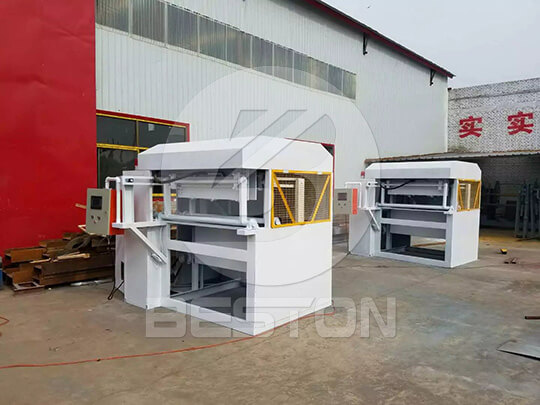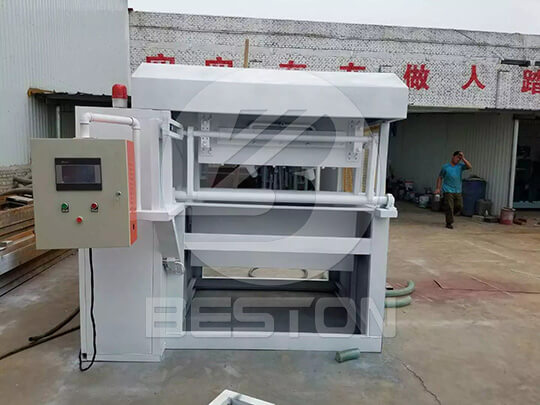A pulp molding production line comprises an array of machines that work in sync to achieve paper egg tray production. Moreover, it can also produce other suitable equipment for holding apples, coffee cups, and shoes. The set of machines work on recycling waste paper into molds and, subsequently, paper trays. The range of papers is comprehensive, including newspapers, carton boxes, magazines, and even books. Depending on the demand rate, investors in this kind of business can get the raw materials either in bulk from recycling companies(máquina moldeadora de Pulpa de papel) or in limited quantities through the community. Ever since the machines’ invention, the market has faced a drastic increase in demand as this venture is becoming lucrative by the day.

One aspect that led to this popularity is the environmentally-conscious production process. At the very beginning of production, the machine works by turning the collected waste paper into pulp (máquina para hacer bandejas de huevos). When this paper gets discarded to the environment in bulk, it leads to degradation and pollution as it does not decompose. Getting the material at a cheaper cost helps the economy as the community gets an income out of the waste. As production proceeds, the machine will only employ a minimal amount of water. The following stages work on limited energy produced by either coal or gas, while in the case of natural drying, the sun provides the heat. The entire processes are sustainable while still producing high-quality output.
The pulp molding production line achieves production through four complete processes. These include the pulping stage, the molding stage, the drying stage, and lastly, the packaging and transportation state. Each phase is an entire system comprising of sets of equipment that aid in production. Each step is unique but contributes hugely to the outcome. Companies interested in this business can either choose a manual, semi-automatic, or fully automatic designs. The fully automated is the most expensive but expedites perfomance promptly. The rate of production is high, and it can make up to 10000 pieces each hour. With such a high functionality level, the devices work well in large scale companies with broad coverage of clients. The other design, the semi-automatic, works in a more or less similar manner. However, the production rate is lower, making it suitable for companies with an average demand for paper egg trays (para maples de huevos de papel). The last version is the manual type and works best in firms focusing on small scale production. It can deliver up to 40000 pieces per hour. The purchasing price might be low, but the cost of operations is relatively high.

One challenge that clients face is making a decision on which set of machines to choose. The first and most crucial is to work with a reputable manufacturer (fabricante de renombre). Once you locate them, evaluate their devices regarding energy efficiency and ease of maintenance. The aim is to develop a pulp molding production that will serve its functions durably without presenting any substantial problems. Lastly, check if they have a warranty to cushion you from any unexpected financial liabilities. Appraise every manufacturer in-depth since the factors that might seem insignificant are what bring about the differences.